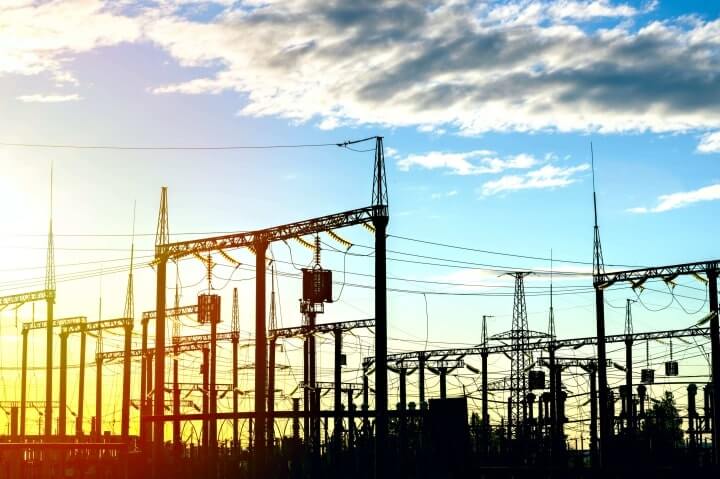

Waveform Application Most of the household, industrial and commercial equipment operate on DC. But it is more dangerous than AC for the same power rating. Source AC Generator DC Generator and battery Dangerous It is dangerous. It can connect only with the resistive type of load. Type of load It can connect with the resistive, inductive and capacitive type of load. It can convert from AC supply with the help of a rectifier. Convert It can convert from DC supply with the help of Inverter. The losses are very less in the HVDC transmission system. In a power system, most emerging technology for transmission systems is the HVDC Transmission system. The losses are less but more than the HVDC transmission system. Types Sinusoidal, Trapezoidal, Square, Triangular Pure DC and Pulsating DC Transmission of electrical energy In a power system, the conventional method to transmit power is the HVAC transmission system. Passive Parameter Impedance (Combination of Reactance and Resistance). The magnitude is constant at each instant of time for pure DC. Current magnitude The magnitude of the instantaneous current is varying with time.

Movement of Electron Electrons keep changes its direction from forward to backward Electrons move only in a forward direction. The frequency of the direct current is always zero. If the frequency is 50 Hz, it means the current changes direction 50 times. Frequency The frequency of alternating current decides how many times it reverses its direction. When a direct current flowing through the circuit, it will not change the direction. The main differences between AC and DC have been summarized in the below table Alternating Current (AC) Direct Current (DC) The direction of flow of current When an alternating current flowing through a circuit, it reverses its direction.

In alternating current, the current reverses direction 50-60 times in a second depending on the frequency. The electrical energy is available in the form of Alternating current (AC) or Direct current (DC).


 0 kommentar(er)
0 kommentar(er)
